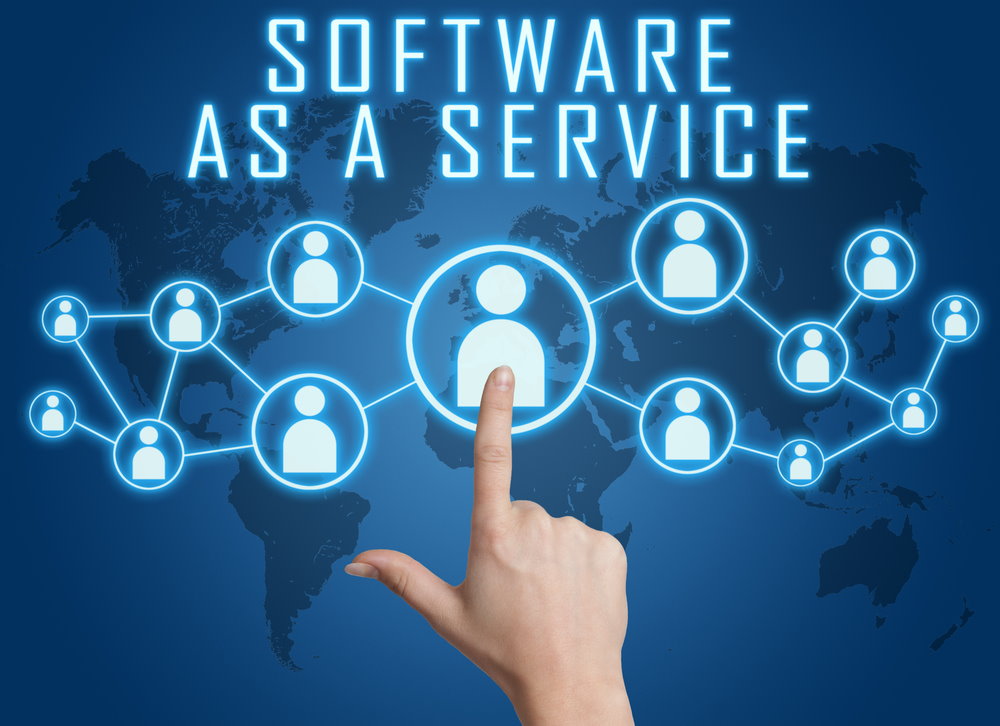Table of Contents
Slack, Figma, Stripe, and SmartQueue are SaaS companies that have implemented word of mouth as a strategy for their early growth. The complete case studies of these companies are provided below.
Slack
Through the actions taken in its early stage, Slack became one of the fastest-growing B2B SaaS businesses. The three main steps taken to have this growth were defining market space and identifying user pain, providing an excellent product experience, and using a freemium model that grew via word of mouth.
Defining Market
- In its early stage, Slack worked “to create a market where, despite a handful of competitors, one really didn’t exist before.” This work involved highlighting the problem that many companies didn’t know they had when communicating internally. Many organizations used multiple tools to communicate, such as SMS, email, Skype chat, and private Facebook groups.
- To sell a solution to a problem that companies were unaware of, Slack focused on “selling the innovation, not the product.” The company was not just selling a software product, but “‘reduction in the cost of communication,’ or ‘zero effort knowledge management,’ or ‘making decisions, faster’ or ‘all your team communication, instantly searchable, available wherever you go’ or ‘75% less email.‘” Selling these advantages helped Slack to attract customers who weren’t looking for a communication product.
Product Experience
- Slack’s early growth can also be attributed to creating a “useful, high-quality product.” The company has made great efforts in ensuring that the software is “simple to set up, pleasant to use, compatible with a wide range of other services, and as reliable as email.” Also, it offered the product as an app for mobile and desktop.
- According to Stewart Butterfield, CEO and co-founder of Slack, the company has made a great effort in creating a near-perfect product by putting itself in the mind of a client who is going to use the product for the first time and detecting all the things that don’t work.
- Since its early stage, Slack also made use of user feedback to improve the product experience.
- Also, the app has a habit-forming nature attributed to its usefulness, which makes customers want to use the app daily.
Freemium Model
- Slack’s freemium model has also been part of the company’s growth as many organizations communicate through the product for free. However, many users are paying for the premium service, which lets them see conversations’ history for 22 cents per day.
- This model made the company achieve a growth of 8% per month after only 7 months since its launch.
Word of Mouth
- Slack’s first users were obtained by asking friends and other companies such as Cozy and Rdio to try the product. Then, the preview release was launched and the company got a lot of press from TechCrunch, ReadWrite, and VentureBeat, which called the product an “email killer.” The articles were shared and talked about on social media, which brought thousands of invitation requests.
- Butterfield also attributed Slack’s early growth to word of mouth and stated: “The growth has been completely insane and almost entirely on word of mouth. In fact, we just hired our first marketing person, but he doesn’t begin until next week.” Additionally, among companies that adopt Slack, adoption spreads from one team to another until everyone communicates via Slack.
- The product has gotten this word of mouth also through Twitter. When a customer tweets about his experience with Slack, it can be seen by hundreds or thousands of people.
KPI
- One of the main key performance indicators (KPI) for Slack is the number of sent messages. For Slack, any team that has exchanged 2,000 messages has really experienced the product. This number is considered a critical metric for the company and aims at this number the moment a user registers to use the product.
- Other KPIs include daily average users and messages sent per month.
Results
- In February 2014, when launched, Slack had about 15,000 daily users. After six months, this number had grown to 171,000 and to 285,000 by November.
- In February 2015, the app had over 500,000 daily active users, “representing a thirty-threefold growth in just a year.” At this point, 300 million messages were being sent monthly, and the app had an engagement of two hours every day per user.
- In 2015, Slack reached 1 million active users and 300 thousand paid users.
Figma
In its early stage, Figma acquired its first clients through reaching personal networks, seeking customers on social media platforms (Twitter), and getting press. Its early growth can be attributed to its network effect and word of mouth.
Network Effect
- Figma’s network effect among designers was one of the reasons for its early growth. Users share their designs and introduce Figma to other designers, engineers, and product managers, which show the tool to other teams of designers they work with. These network effects “jump across teams and help Figma metastasize throughout entire organizations.”
- Figma can start with a few individuals using it at a company and each user can lead to “serious expansion throughout their companies.”
Word of Mouth
- According to Dylan Field, CEO and co-founder of Figma, after word got around about the product, the company started seeing hypergrowth.
- As per Kwokchain, Figma spreads its product usage via “word of mouth and social referral.”
KPI
- According to available data, one of the early KPIs of the company is the number of users.
Results
- After only four years since its official beta launch in 2016, Figma has recently been valued at $2.05 billion.
- As of 2020, over 4 million users have registered for Figma.
Stripe
Stripe’s early growth strategy includes solving a real problem, focusing on user experience, and word of mouth.
Solving a Real Problem
- Stripe’s growth can be attributed to how its founders came up with a solution to the need for a payment platform that could scale to any size. Its solution came at a time when it was really hard to accept online payments. The company also offers robust documentation to answer questions, detail-oriented testing settings, and payment UI available to anyone.
- Stripe “has lived up to its goal to take the pain out of payments for developers.”
User Experience
- Since its early stage, Stripe has worked hard to offer the best user experience for developers and designers so they can easily build payment forms that are elegant, efficient, and functional. The company’s focus on customer experience “increased its popularity among developers.”
- “When Stripe first launched, it felt revolutionary that developers could switch from legacy processing systems to Stripe in a single day.“
- Stripe works behind the scenes so buyers don’t need to enter a third-party site to complete a transaction. It allows sellers to “maintain a one-to-one connection” with the buyer.
Word of Mouth
- Stripe’s initial growth can be attributed to the word of mouth of “people who were excited to finally have an alternative payment method.” After years of using tools that didn’t work for them, developers were willing to try anything. Specifically, the company gained popularity from a blog post from Garry Tan, a Y Combinator partner.
- Patrick Collison, co-founder and CEO of Stripe, stated: “Initially (Stripe) very much spread through a word of mouth process. That was surprising to us because it’s a payment system, not a social network so it’s not something you’d think would have any virality whatsoever. But it became clear that everything else was so bad and so painful to work with that people actually were selling this to their friends.”
- Another strategy implemented by the company was sending care packages to “developers who deployed live instances of Stripe,” which included t-shirts that were worn proudly and shared on social media to other developers.
KPI
- The company does not publicly share its internal metrics. However, as per CBInsights, one of its KPIs is the number of transactions.
Results
- After its launch in 2011, Stripe raised a seed round from Sequoia Capital, Andreessen Horowitz, SV Angel, and PayPal founders Peter Thiel and Elon Musk that same year. In January 2014, the company reached unicorn status with a valuation of $1.8 billion.
- In August 2019, Stripe raised $1.1 billion and was valued at $35 billion.
SmarterQueue
SmarterQueue’s main strategies to grow in its early stage include focusing on customer feedback, building a remote team, and implementing a referral program.
Customer Feedback
- As SmarterQueue relied from the start on organic revenue, every decision made was “guided by customer feedback,” which has been a core foundation of the company.
- SmarterQueue listens to customer pain points, makes sure that customers are willing to pay for the solution, and builds solutions to their problems.
Building a Remote Team
- According to Claude Schneider, founder and CEO of SmaraterQueue, as workload grew too much to manage alone, he sought remote workers from around the world.
- His team started with 3-5 people in 2016 and 2017 to 15 people in 2018.
Referral Program
- As of 2018, the company had not implemented any major marketing campaigns. All of its early growth “has come from word-of-mouth referrals.” This strategy has brought the company a steady stream of traffic to its website.
- By rewarding users for spreading the word and writing product reviews on their blogs, the company has created a scalable and affordable marketing channel.
KPI
- According to available data, one of the company’s KPI is the number of paying customers.


